Refine listing
Actions for selected content:
2252 results in Cambridge Elements
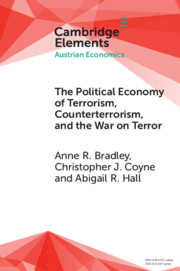
The Political Economy of Terrorism, Counterterrorism, and the War on Terror
-
- Published online:
- 09 August 2023
- Print publication:
- 31 August 2023
-
- Element
- Export citation
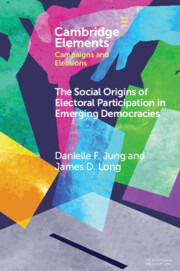
The Social Origins of Electoral Participation in Emerging Democracies
-
- Published online:
- 08 August 2023
- Print publication:
- 07 September 2023
-
- Element
- Export citation
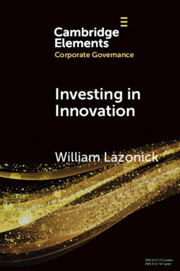
Investing in Innovation
- Confronting Predatory Value Extraction in the U.S. Corporation
-
- Published online:
- 07 August 2023
- Print publication:
- 30 November 2023
-
- Element
- Export citation
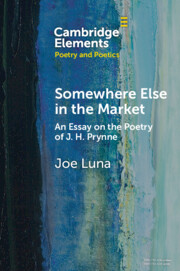
Somewhere Else in the Market
- An Essay on the Poetry of J. H. Prynne
-
- Published online:
- 07 August 2023
- Print publication:
- 31 August 2023
-
- Element
- Export citation
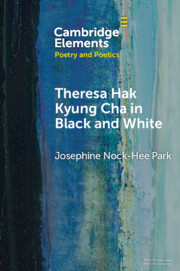
Theresa Hak Kyung Cha in Black and White
-
- Published online:
- 03 August 2023
- Print publication:
- 24 August 2023
-
- Element
- Export citation
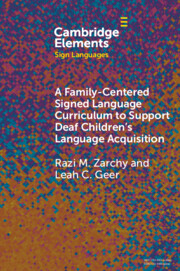
A Family-Centered Signed Language Curriculum to Support Deaf Children's Language Acquisition
-
- Published online:
- 02 August 2023
- Print publication:
- 24 August 2023
-
- Element
- Export citation

Philosophy of Open Science
-
- Published online:
- 31 July 2023
- Print publication:
- 31 August 2023
-
- Element
-
- You have access
- Open access
- HTML
- Export citation
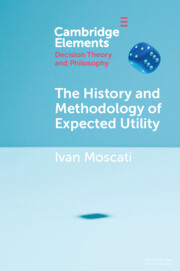
The History and Methodology of Expected Utility
-
- Published online:
- 29 July 2023
- Print publication:
- 31 August 2023
-
- Element
- Export citation
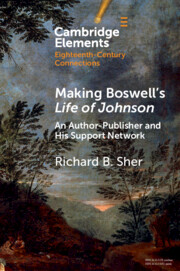
Making Boswell's Life of Johnson
- An Author-Publisher and His Support Network
-
- Published online:
- 28 July 2023
- Print publication:
- 24 August 2023
-
- Element
- Export citation
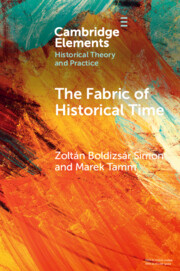
The Fabric of Historical Time
-
- Published online:
- 28 July 2023
- Print publication:
- 07 September 2023
-
- Element
- Export citation
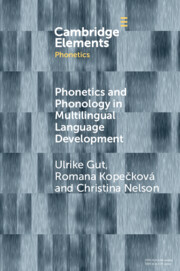
Phonetics and Phonology in Multilingual Language Development
-
- Published online:
- 26 July 2023
- Print publication:
- 31 August 2023
-
- Element
- Export citation
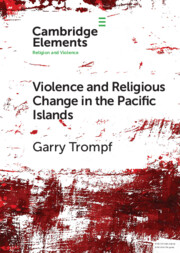
Violence and Religious Change in the Pacific Islands
-
- Published online:
- 26 July 2023
- Print publication:
- 31 August 2023
-
- Element
- Export citation
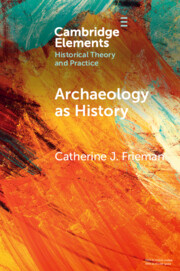
Archaeology as History
- Telling Stories from a Fragmented Past
-
- Published online:
- 26 July 2023
- Print publication:
- 24 August 2023
-
- Element
- Export citation
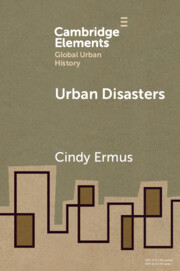
Urban Disasters
-
- Published online:
- 26 July 2023
- Print publication:
- 31 August 2023
-
- Element
- Export citation
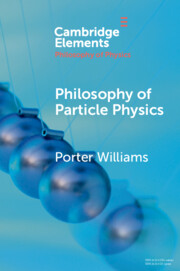
Philosophy of Particle Physics
-
- Published online:
- 25 July 2023
- Print publication:
- 24 August 2023
-
- Element
- Export citation
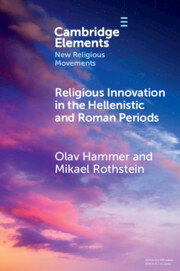
Religious Innovation in the Hellenistic and Roman Periods
-
- Published online:
- 24 July 2023
- Print publication:
- 10 August 2023
-
- Element
- Export citation

Feeding, Bonding, and the Formation of Social Relationships
- Ethnographic Challenges to Attachment Theory and Early Childhood Interventions
-
- Published online:
- 21 July 2023
- Print publication:
- 17 August 2023
-
- Element
-
- You have access
- Open access
- HTML
- Export citation
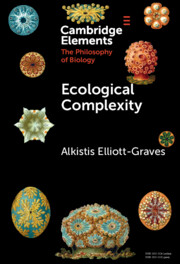
Ecological Complexity
-
- Published online:
- 20 July 2023
- Print publication:
- 10 August 2023
-
- Element
- Export citation

The Christian Countercult Movement
-
- Published online:
- 20 July 2023
- Print publication:
- 24 August 2023
-
- Element
- Export citation
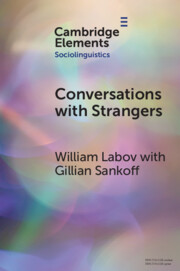
Conversations with Strangers
-
- Published online:
- 19 July 2023
- Print publication:
- 17 August 2023
-
- Element
- Export citation
